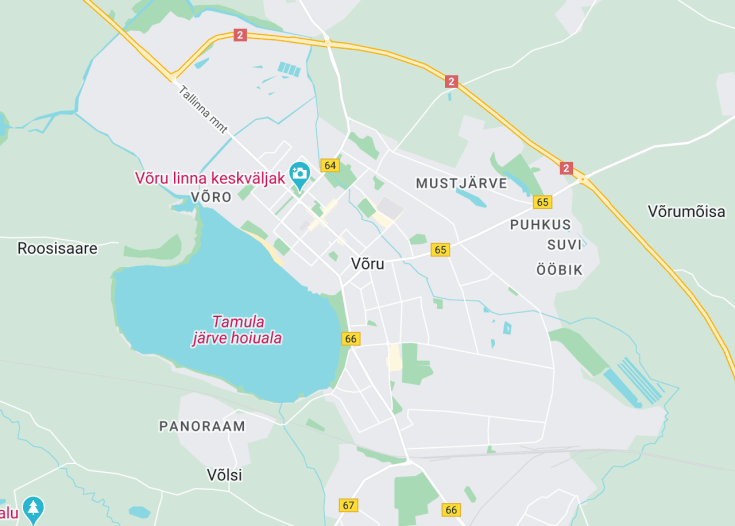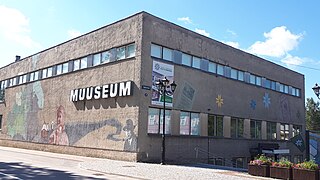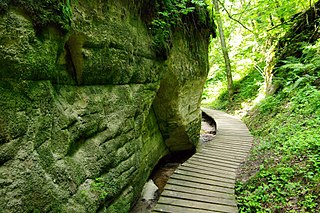Nestled in the southeastern corner of Estonia, Võru is a captivating city that boasts a unique blend of natural beauty and cultural heritage. Founded in 1784 by Catherine the Great, Võru features a classic radial street layout and is surrounded by picturesque rolling hills and serene lakes. The city is known for its rich linguistic traditions, maintaining the Võro language, which is considered a dialect of Estonian but with distinct linguistic features. Visitors can explore historical sites, indulge in traditional Võro cuisine, and experience the annual Võru Folklore Festival, which celebrates the vibrant local culture and music.
When visiting Võru, ensure to stroll through the centrally located Katariina Alley Park. This charming park showcases the city’s quaint landscape and serves as an ideal spot for relaxation and leisure.
Plan your visit to coincide with the Võru Folklore Festival, an enchanting event that brings alive the local customs, folk music, and dances, offering an immersive cultural experience.
Top things to do & see in Võru
Select the following sights and activities to discover best tickets and tours available in Võru.
Võru: The Heart of Southern Estonia
| Country | Estonia |
| Time in Võru | GMT+2 |
| Language spoken | Estonian |
| Population | 11,949 (Statistics Estonia, 2023) |
| Currency | Euro (€, EUR) |
| Airports |
|
Võru is a unique gem located in southeastern Estonia, brimming with cultural significance and historical charm. Established in 1784 by order of Catherine the Great, this quaint town offers visitors an authentic Estonian experience. Võru’s architecture is distinctively influenced by the town planning concepts of the 18th century, with a grid pattern still evident in its town center. It is also rich in cultural heritage, known for preserving the Võro language, a distinct Finnish-Ugric dialect that is still spoken locally.
The town is surrounded by the picturesque landscapes of Võrumaa, which include rolling hills, clear lakes, and dense forests, making it a favorite destination for nature lovers and outdoor enthusiasts. Moreover, Võru hosts various cultural festivals, such as the Võru Folklore Festival and the international documentary and anthropology films festival, enticing visitors from around the globe.
Workspace and the living environment make Võru appealing for both locals and tourists alike. It boasts various modern facilities amidst historical buildings, offering a balanced modern-day convenience with a taste of history. Its proximity to lakes such as Lake Tamula adds to a lifestyle that appreciates natural beauty and outdoor activities including swimming, boat rides, and waterfront picnics.
Võru’s economic sphere benefits from local industries such as timber processing and furniture manufacturing, rooted deeply in the local history and resources available in the region. This blend of historical importance, cultural richness, and natural beauty makes it a noteworthy destination in Estonia.
Where is Võru?
Võru is situated in the southeastern part of Estonia, nestled in the scenic county of Võrumaa.
Distances:
| Route | Distance by car | Time by car |
|---|---|---|
| Tallinn to Võru | 155 miles / 250 km | 3.5 hours |
| Tartu to Võru | 48 miles / 78 km | 1 hour |
| Pärnu to Võru | 127 miles / 205 km | 3 hours |
What is Võru famous for?
Võru is renowned for its well-preserved cultural heritage, including unique language and traditions. It is also known for its beautiful natural environment and active cultural scene with numerous festivals.
History
Before 1784: Early Settlements
The area now known as Võru, Estonia, has evidence of human settlement dating back to the Stone Age, marked by numerous archaeological findings such as tools and pottery. Through the centuries, various Baltic tribes inhabited the area, utilizing the rich natural resources and vast forests of what would become southern Estonia.
1784-1918: Founding and Development
Võru was officially founded by order of Catherine the Great in 1784 to centralize trade in southern Livonia. The town was strategically designed by German architect Johann Heinrich Bartholomäus Walter, featuring a rectangular street layout that is still evident today. Throughout the 19th century, Võru developed as a local center for trade and crafts, benefiting from its location near important trade routes between Russia and Europe.
1918-1991: Wars and Soviet Era
The 20th century was turbulent for Võru. After gaining independence in 1918, Estonia, including Võru, experienced rapid growth. However, this was disrupted by World War II when Võru was occupied first by the Soviet Union and then by Nazi Germany before being reclaimed by the Soviets. Under Soviet rule, Võru endured Russification and industrialization that altered its cultural and economic landscape significantly.
1991-Present: Restoration and Modernization
Following Estonia’s re-independence in 1991, Võru has focused on restoring its cultural heritage and revitalizing its economy. Modern Võru is known for its commitment to preserving the Võro language, a south Estonian dialect, and its cultural identity. The city has also embraced modernization while maintaining its historical charm, making it a unique blend of old and new.
Visit Võru
What to see and do in Võru
Explore the charming city of Võru, nestled in the picturesque landscapes of southern Estonia. Visitors can marvel at the well-preserved 18th-century town layout designed by Johann Heinrich Bartholomäus Walter. Spend time at the Võru County Museum to delve into the local history and culture.
- Take a leisurely walk around Tamula Lake, a popular spot for both locals and tourists.
- Visit the Dr. Fr. R. Kreutzwald Memorial Museum, dedicated to the famous Estonian writer.
- Explore the scenic Haanja Nature Park, offering beautiful views and a chance to experience Estonia’s natural beauty.
Festivals and Events in Võru
Võru hosts a variety of cultural events throughout the year, making it a dynamic destination for visitors. The Võru Folklore Festival, held annually in July, showcases traditional music and dance from Estonia and beyond, drawing performers and audiences from around the world. For film enthusiasts, the Kino Maale film festival in September celebrates rural cinema and community spirit.
Best time to visit Võru
The best time to visit Võru is during the summer months from June to August. The weather is pleasantly warm, perfect for exploring the outdoors and participating in local festivals. Additionally, the natural scenery of southern Estonia is at its most vibrant during this period.
Is Võru worth visiting?
Võru is undoubtedly worth visiting for those who appreciate a blend of historical charm and natural beauty. The city offers a unique glimpse into Estonian culture and history, preserved through its architecture, museums, and the ongoing efforts to maintain the Võro language. Coupled with its scenic surroundings and vibrant cultural scene, Võru provides a peaceful yet enriching experience for all travelers.
















